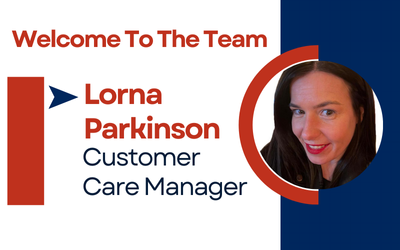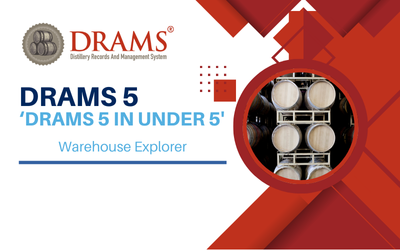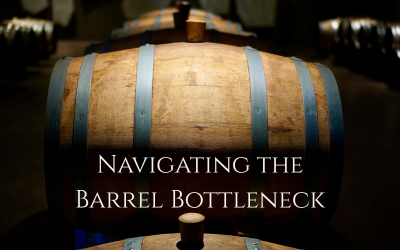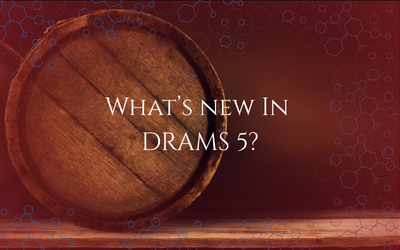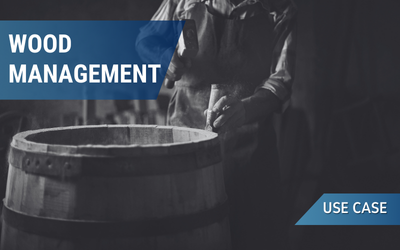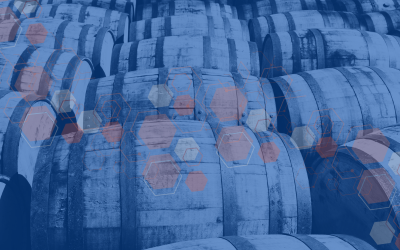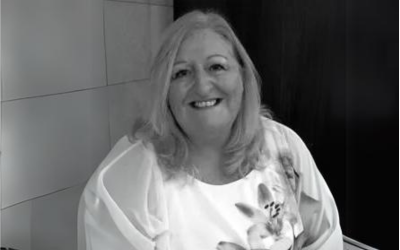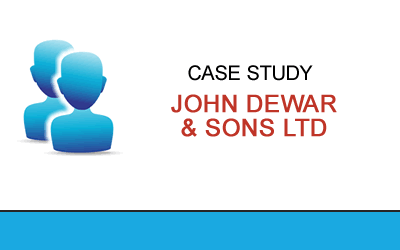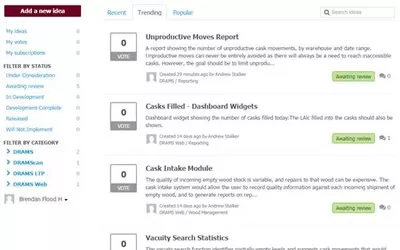(This article first appeared in Brewer and Distiller International, August 2019)
The popular vision of innovation – picture the solitary genius dreaming up the ideas that will transform the world – is a romantic myth. In reality the great works of Darwin and Einstein weren’t solitary efforts – and even if they were, that model would fi t poorly within the world of today. The most notable developments of recent times are products of groups, not individuals. They exist because those who conceived and developed them were able to collaborate so effectively.
Arguably modern technology’s most powerful asset is its ability to bring people together, connecting minds from across the world to source new ideas and solutions. Collaboration is the essential foundation on which modern innovation is based, playing a fundamental role in both the generation and fulfilment of ideas – and this model applies in some fascinating ways when it comes to spirit production.
Collaborative ideation: maximising ideas
Innovation cannot happen without new ideas. And given that no individual has a monopoly on good ideas, innovation requires that more minds are brought into the process – both from inside and outside the organisation.
Sourcing external ideas: History shows that many of the world’s frame-breaking innovations arose from wildly different sectors: fast-food drive-throughs were inspired by Formula 1 pit stops; aerodynamics were understood through the study of birds; and the Internet was conceived as a means of connecting computer science laboratories.
Former aeronautical engineer Owen Maclaren’s experience designing Spitfi re aircrafts resulted in the collapsible Maclaren pushchair, which not only replaced the rigid conventional pushchair but also went on to inspire cross-industry innovations such as the foldable Gadabout chair, without which no mod-ern camping trip would be complete.
Sourcing internal ideas: While looking only within an organisation limits idea generation, embracing the full extent of internal inspiration can be hugely powerful.
Toyota, for example, is famous for an ethos of continuous improvement and respect for people, central to which is the Creative Idea Suggestion System.
Similarly, the sustained success of animated fi lm specialist Pixar is widely attributed to its collaborative approach to ideation, as former president Ed Catmull explains: “A movie contains literally tens of thousands of ideas … every single member of the 200- to 250-person production group makes suggestions. Creativity must be present at every level.”
Collaborative improvement: While sourcing ideas is vital, it is only half of the solution. These ideas must be challenged and refined in order to become better. Great ideas don’t arrive perfectly formed; modern thinking is increasingly clear that continual refinement produces optimal results.
Author and journalist Matthew Syed’s book Black Box Thinking offers a compelling argument for collaborative improvement. In the aviation industry, a focus on learning, sharing and collective improvement has produced huge safety improvements for all involved.
This is largely powered by black box recorders, which capture information from every flight and every incident. But it is also far more than this, and is ultimately a result of a wider culture of collaboration that includes sharing this information across the entire industry. This promotes improvement through the acknowledgment of mistakes and a focus on collaborative learning.
So whilst commercial airlines compete fiercely in terms of marketing and passenger experience, they collaborate for best practice in terms of safety. This distinction between when it is appropriate to differentiate, and when it is best to collaborate, is a key takeaway from Black Box Thinking, and it has powerful implications in bulk stocks management for the spirits industry.
Collaborative innovation in whisky production
One of the many reasons why spirit production is such a fascinating sector is that it is fiercely competitive yet also collaborative.
There’s an interesting parallel with the aviation industry here. Competition is understandably intense among marketing teams, where differentiation is essential for commercial success.
However, in bulk stocks management, cross-organisation collaboration has created a working environment ripe for the cultivation of innovative technology which meets the collective needs of the entire sector.
Sourcing external ideas: Management of bulk stocks is clearly a challenge which exists across multiple sectors. Functions such as regulatory compliance audits, cost tracking, invoicing, managing minimum stock levels – and calculating the value of current stock-holdings – are shared by a range of different industries.
This means that the technology used by the spirit production sector for bulk stock management could derive valuable learnings from entirely different industries.
Of course, some nuances of the spirit production industry – such as accurately calculating and predicting maturation loss – are not mirrored elsewhere. And learnings from other industries still need to be considered and analysed before they can be of benefit for spirit production.
However, there is no doubt that cross-fertilisation with other sectors can facilitate a more streamlined, innovative and ultimately more effective approach to the process of managing bulk stock.
Sourcing internal ideas: Often it is the staff who use a technology system who are best equipped to shape its improvement.
Therefore a key factor for spirit producers to look out for when procuring bulk stocks management technology is if – and how – the vendor gathers user feedback, and how this is then applied to enhance the software.
Online ideas portals have historically proven an effective way of sourcing large amounts of user feedback. However, it is increasingly possible to integrate user interaction into product design itself, in the form of ‘User Journey Mapping’: a software development strategy in which the actual requirements and workflows of users are carefully documented and used as a template for product design.
Collaborative improvement: Likewise, spirits producers should look for technology vendors that employ truly collaborative approaches with the customers and users of their solutions.
Many of the most powerful and effective functions of sector specific software applications originate from customer ideas – and are then influenced by many other customers throughout the design and development process, each adding additional value for all involved.
These feedback processes can be formalised through the creation of Special Interest Groups (SIGs).These groups involve companies collaborating on software developments, resulting in a superior product to what either company might have conceived themselves.
Conclusion
Innovation – especially in technology – is increasingly the result of the many contributors, rather than small teams or lone geniuses. As the industry continues to build the bulk stocks management solutions of today and tomorrow it is vital to recognise the importance of collaboration for maximum innovation. In doing so, producers will increase the efficiency and reliability of operations – offering a solid platform on which the master distillers and marketing teams can rely as they focus on delivering the unique products that consumers demand.





